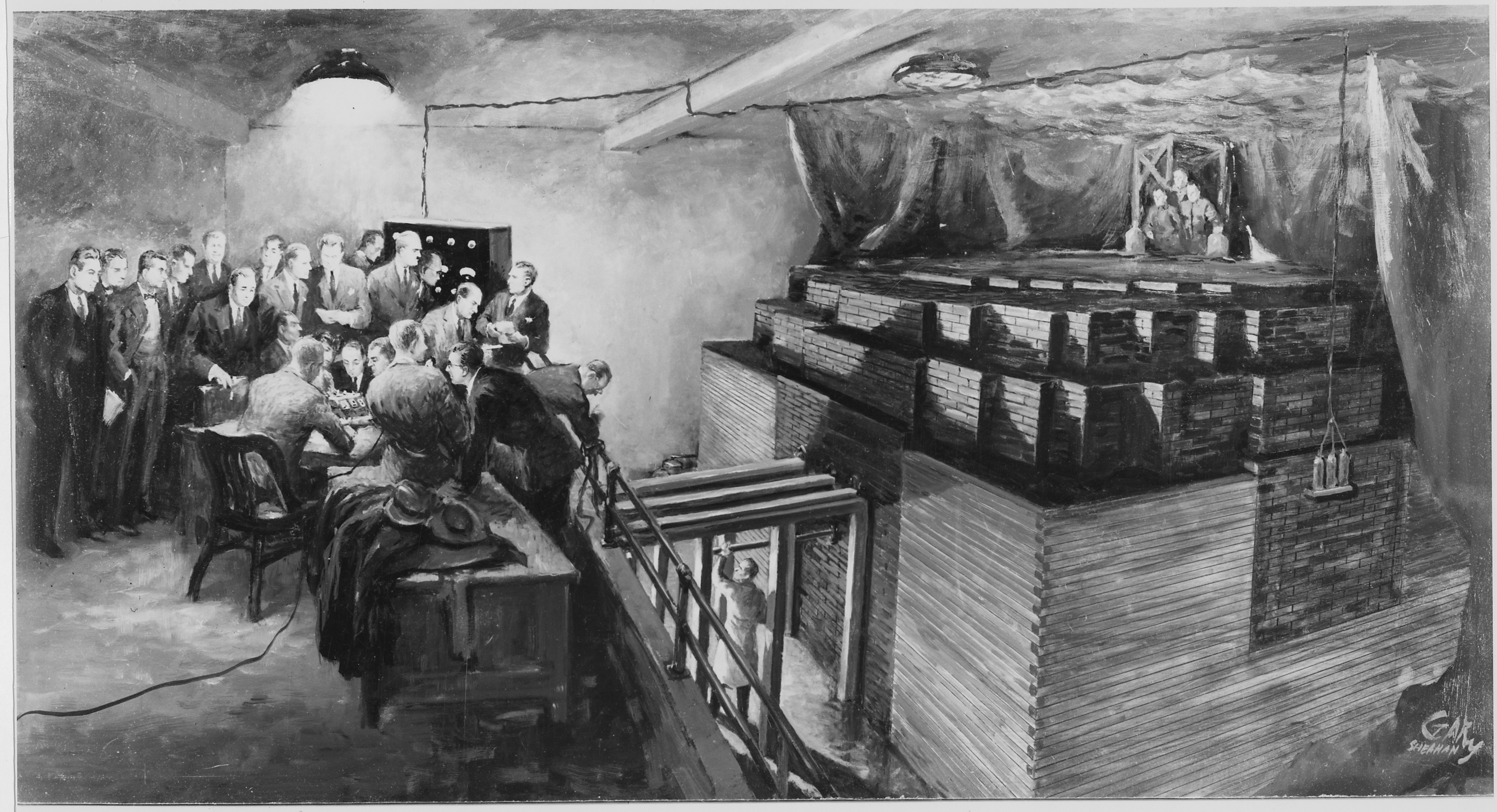
Articles by Katja Grace

Blog

Blog

Featured Articles

Continuity of progress

AI Timeline Surveys

AI Timeline Surveys

AI Timeline Surveys

AI Timelines

AI Timeline Surveys

AI Timeline Surveys